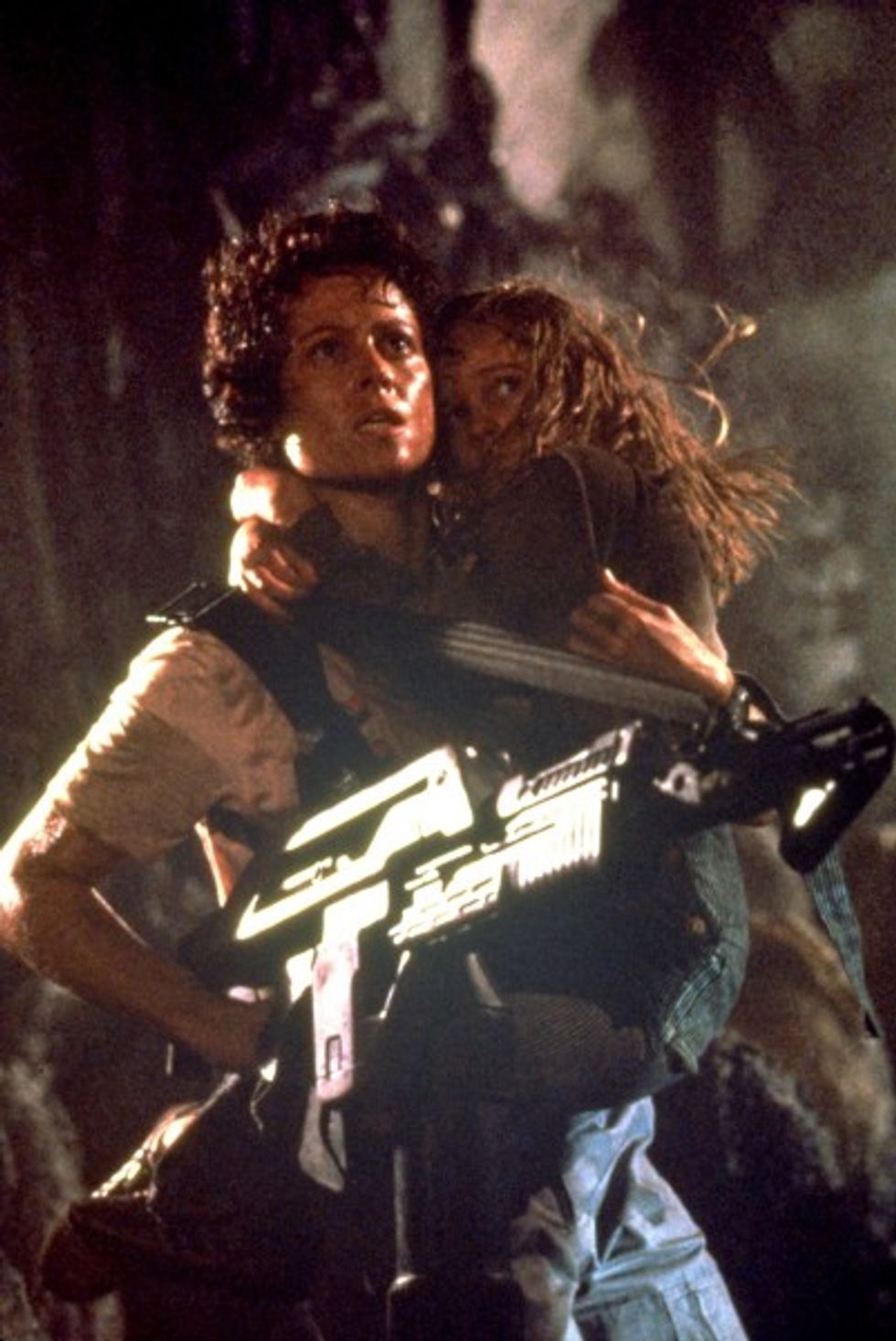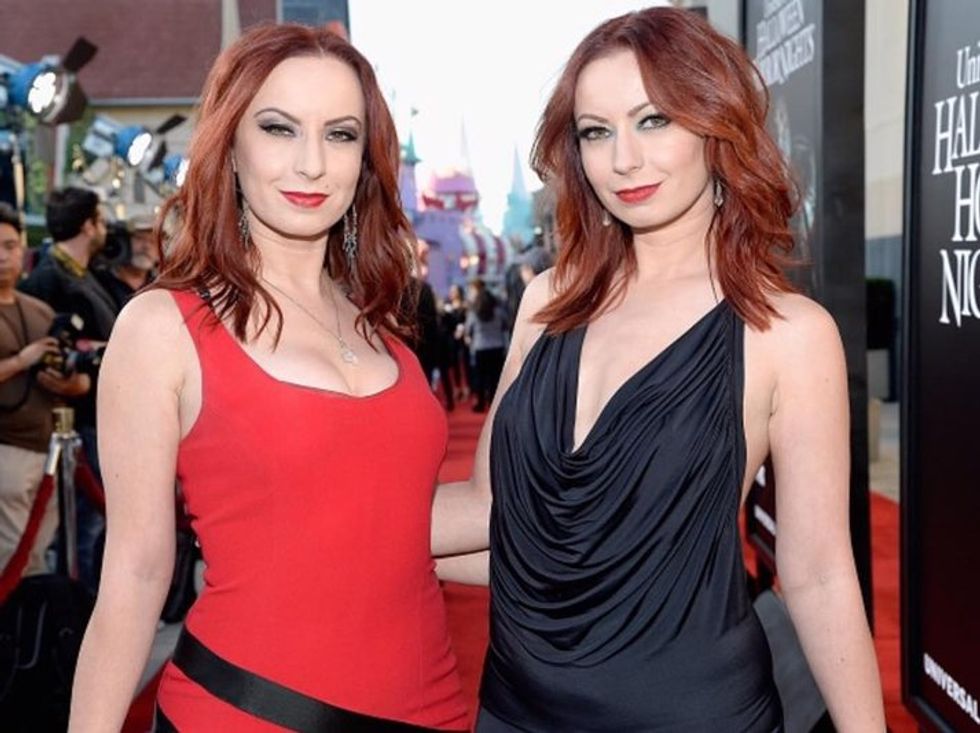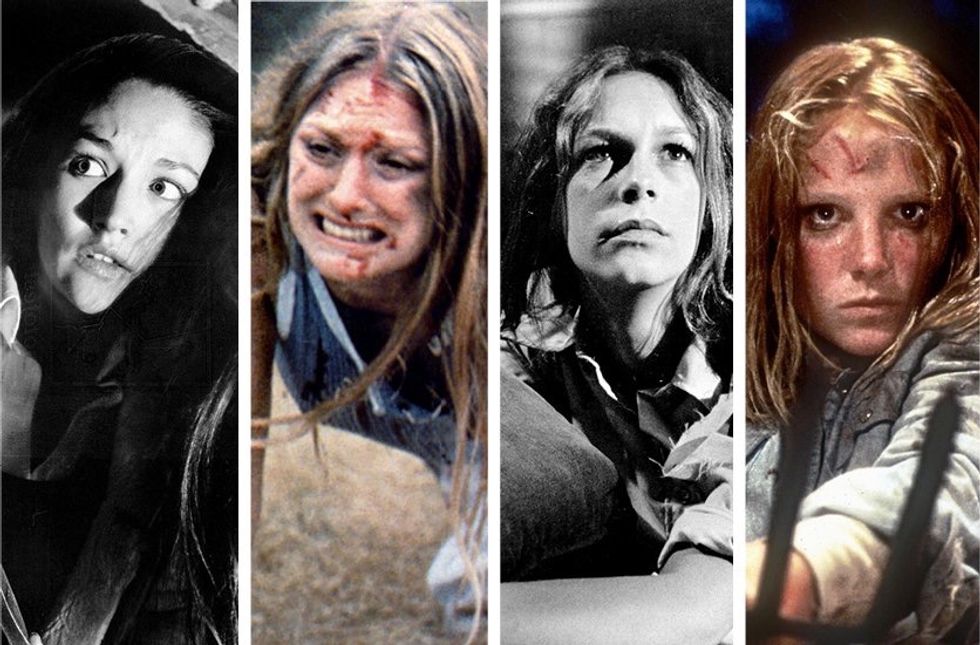Recently, I read an article from Quartz about women in horror movies. It stated, “Horror is one genre where women are taking on increasingly prominent parts. Yes, screaming is still a staple feature of a scary flick. But women are assuming central roles—not as victims, but as monsters and heroes.” And while I agree that the state of women in film is beyond sad, it is ridiculous to think that horror movies have ever been demeaning to women.
Unfortunately, women’s status in film is low. According to the Quartz article, only 50% of movies featured at least two women who discussed something besides men, and less than 30% of the 5,839 characters were women in the 129 top-grossing films from 2006 to 2011. That’s just the on-camera statistics.
An article from Women in Hollywood reported that in the 100 top-grossing films in 2016, 4% of directors were women, 11% of writers were women, 3% of cinematographers were women, 19% of producers were women, and 14% of editors were women. The fact that these statistics are hardly surprising is even more unfortunate still.
It is nothing new that horror movies empower women. Shortly after Wonder Woman was released, a BloodyDisgusting article stated, “[I]f all of y’all film lovers were really paying attention to the evolution of women in film, you would have noticed that strong female characters and directors have long been staples of the horror genre. And they deserve that feminist praise all the same.”
The Quartz article states, “The [horror] genre has moved from taking pleasure in victimizing women to focusing on women as survivors and protagonists. It’s veered away from slashers and torture porn to more substantive, nuanced films that comment on social issues and possess an aesthetic vision.”
While it is true that the genre is veering away from the slashers, a sub-genre of horror that started around the 1980s and features a killer and about five horny teenagers, it isn’t true that there weren’t any strong characters. In fact, the girl in slasher movies are the main protagonists. There is a reason the phrase is “final girl” and not “final guy.” The final girl is a staple in slasher movies.
Women portray a variety of roles in horror movies, no matter what subgenere they fall into. Yes, there are some roles that are simply there for sex appeal. However, there are so many meaningful roles that have been fulfilled by women in horror for decades. Recently, movies likeYou’re Next (a slasher movie), The Conjuring (a paranormal movie), and Underworld: Blood Wars (a monster movie) feature very strong female protagonists.
In the past, there was The Texas Chainsaw Massacre, Psycho, and Alien. And on the matter that horror movies have just recently started commenting on social issues, there are many (if not all) 
The Quartz article goes on to say that women have died in past horror movies due to sexual transgressions. While this is true, it is not the whole story. For one, it isn’t just the women that die. Men who had premarital sex in scary movies also die. Also, there are just as many movies were this isn’t true: the article lists It Follows (2015), but there is also Scream (1996), which almost singlehandedly ended that stereotype.
The article only touches on women portrayed on screen. Some very popular horror movies have been directed by women, although women admittedly do not get the praise they deserve behind the camera in horror movies (but do they in any genre?). The first major horror movie directed by a woman was Ida Lupino’s The Hitch-Hiker in 1953. Others have followed suit, including The Babadook (2014) directed by Jennifer Kent, American Psycho (2000) directed by Mary Harron,

The Quartz article is correct in saying that horror represents women better than any other genre. However, a lot of the claims they make in the text are just simply not true. Horror movies represent women incredibly well, but in different ways than the article claims. As Jen Soska said viaimdb.com, “We simply want to make good films. It shouldn't matter whether we are male or female. A woman's work shouldn't be graded more generously than that of a man…"
"I love horror movies, and I'm more than fine with being dubbed a horror filmmaker for life. Sadly, some people do cast aside horror as a subclass genre and being called a horror filmmaker by some is intended as an insult. I think there are definitely some really shitty horror movies out there, but there are also some great ones. Let's face it, there are some pretty awful dramas out there, too.” Horror does so much for women, and it needs more recognition for it.


















